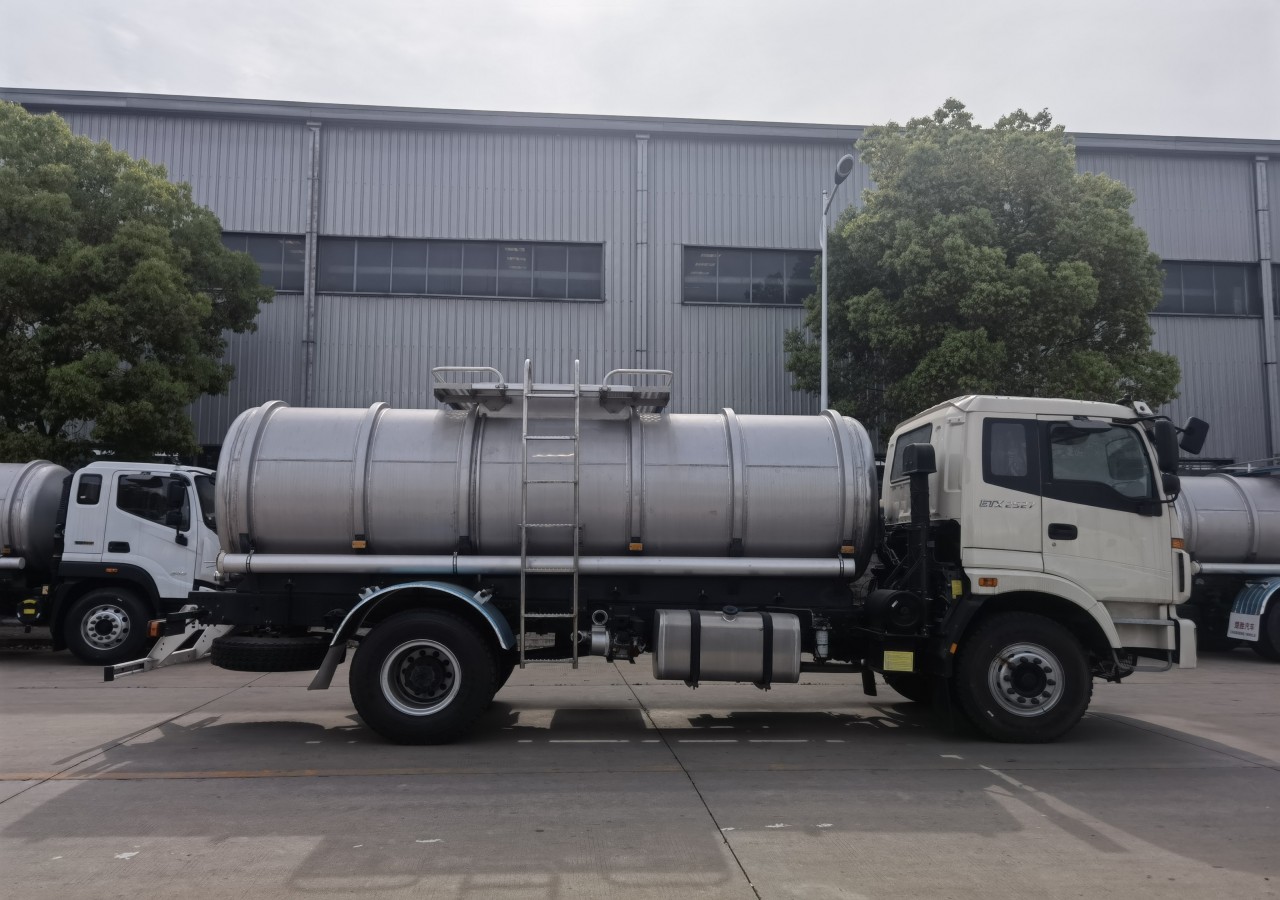Water trucks, also known as water tankers or water tank trucks, are versatile vehicles designed primarily for transporting and delivering large quantities of water to various locations. These trucks play crucial roles in industries ranging from construction and mining to agriculture and municipal services. Their robust design and specialized features make them indispensable in scenarios where access to water is limited or where a temporary water supply is required. This article explores the essential features and functionalities of water trucks, highlighting their diverse applications and technical specifications.
1. Tank Capacity and Construction
One of the defining characteristics of a water truck is its tank capacity, which can vary significantly depending on the model and intended use. These tanks are typically constructed from durable materials such as steel, stainless steel, or fiberglass, ensuring strength and resistance to corrosion. The capacity can range from smaller units with a few thousand liters to large trucks capable of holding tens of thousands of liters of water. This variability allows water trucks to cater to different operational needs, whether for small-scale landscaping projects or large-scale dust suppression at construction sites.
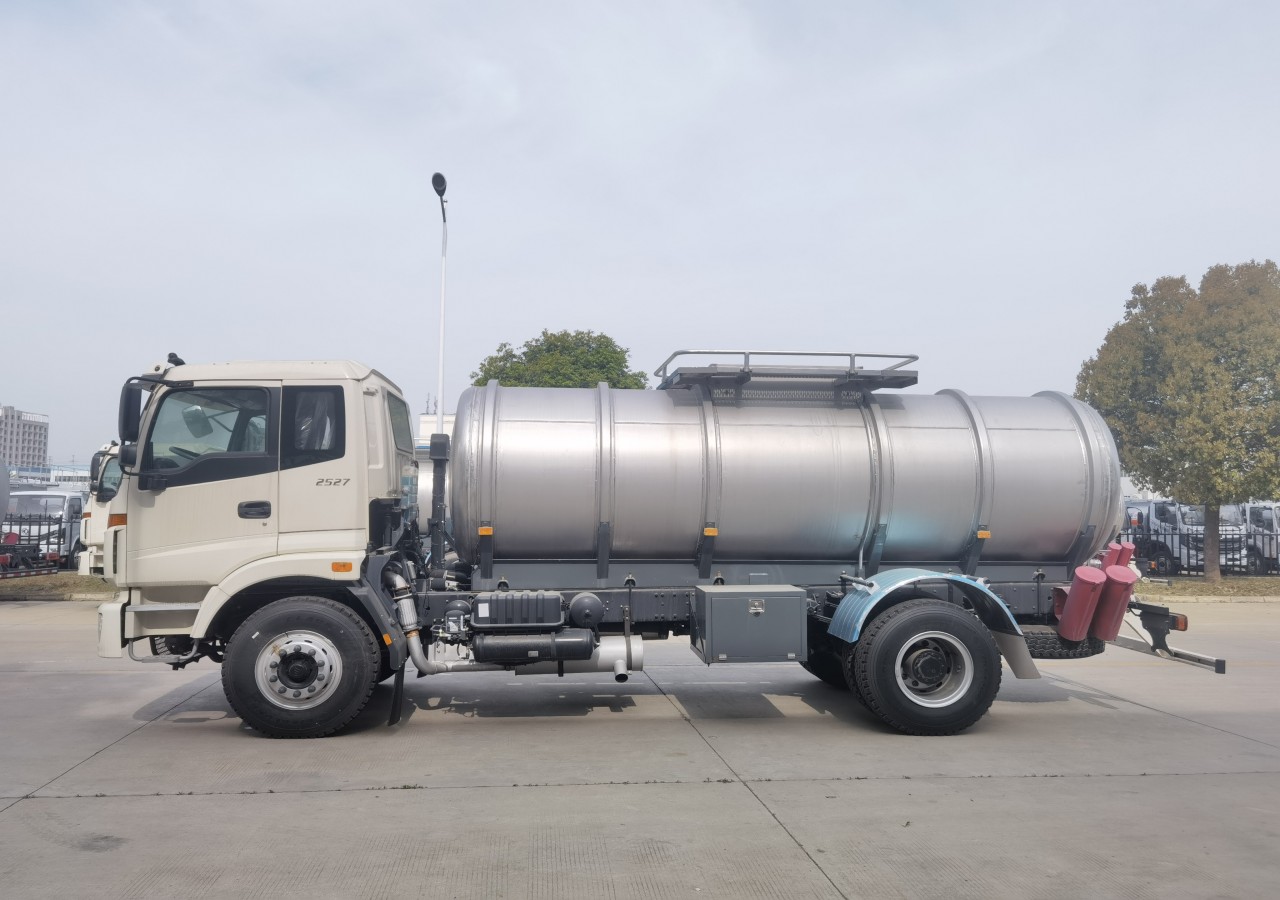
2. Pumping Systems
Water trucks are equipped with pumping systems that facilitate the efficient loading, transport, and discharge of water. These systems include powerful pumps capable of handling high volumes of water per minute, ensuring quick filling of the tank and rapid dispensing when needed. Some trucks may also feature adjustable spray nozzles or hoses for precise water distribution, making them effective for tasks such as road cleaning, firefighting support, or watering vegetation in agricultural settings.
3. Distribution Mechanisms
The distribution mechanisms of water trucks vary based on their intended applications. Some trucks are equipped with gravity-fed systems where water is released through gravity when the tank is elevated. Others utilize pressurized systems powered by the truck’s engine or an auxiliary motor, allowing for controlled spraying or dispensing of water. These mechanisms are crucial for ensuring efficient water application without wastage, particularly in environments where water conservation is a priority.
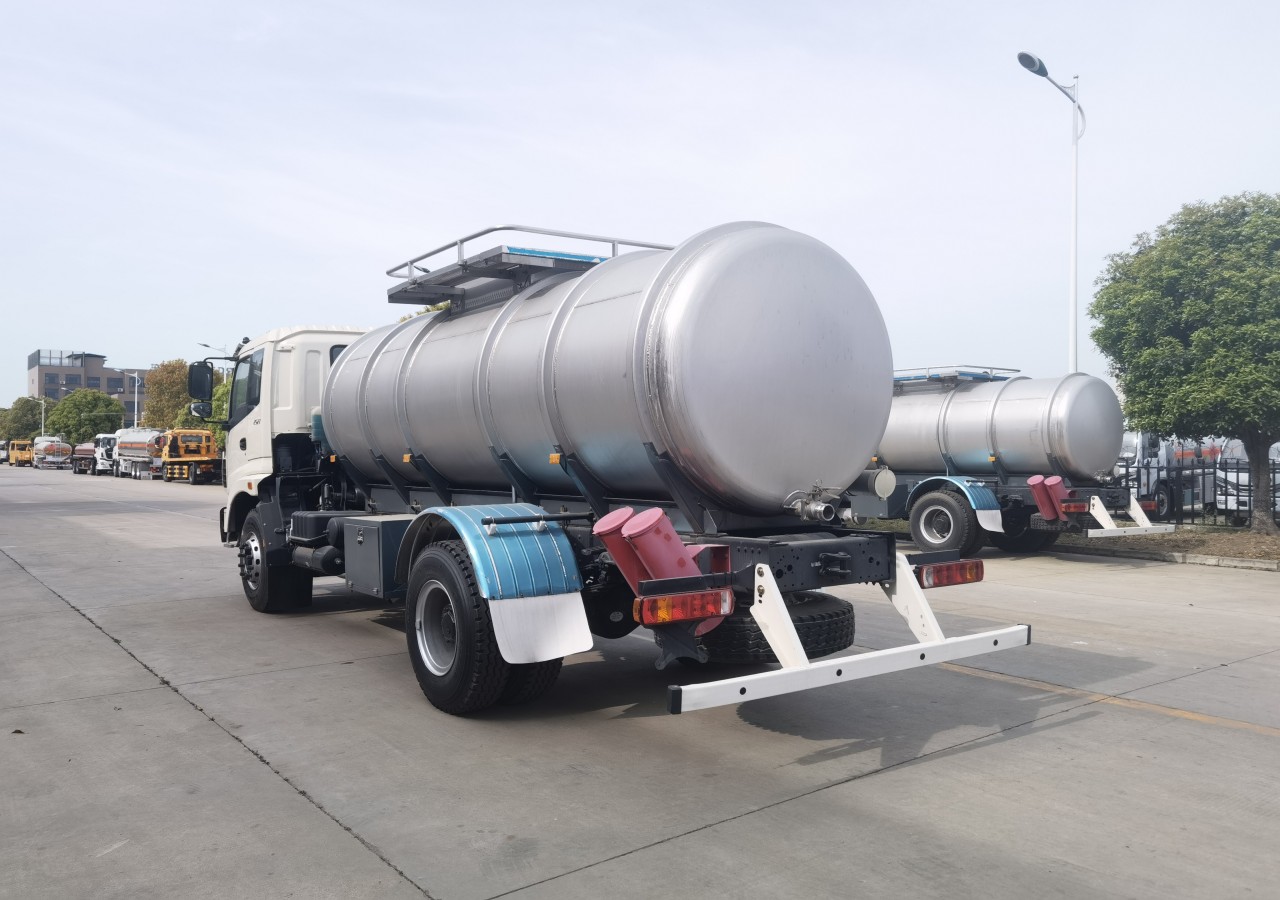
4. Chassis and Mobility
Water trucks are built on robust chassis platforms, often derived from heavy-duty commercial vehicle designs. The chassis provides the necessary structural support to accommodate the weight of the water tank and pumping equipment while ensuring stability during operation. Depending on the terrain and operational requirements, water trucks may feature off-road capabilities, enhanced suspension systems, and traction control mechanisms to navigate challenging environments such as construction sites or rural areas effectively.
5. Safety and Control Features
Safety is paramount in the design of water trucks, given their potential for transporting large volumes of water. These vehicles are equipped with safety features such as baffles within the tank to minimize water movement and maintain vehicle stability during transit. Additionally, advanced control systems enable operators to monitor water levels, pump performance, and pressure settings, ensuring safe and efficient operation at all times. Emergency shut-off valves and spill containment measures further enhance safety during loading, transport, and discharge activities.
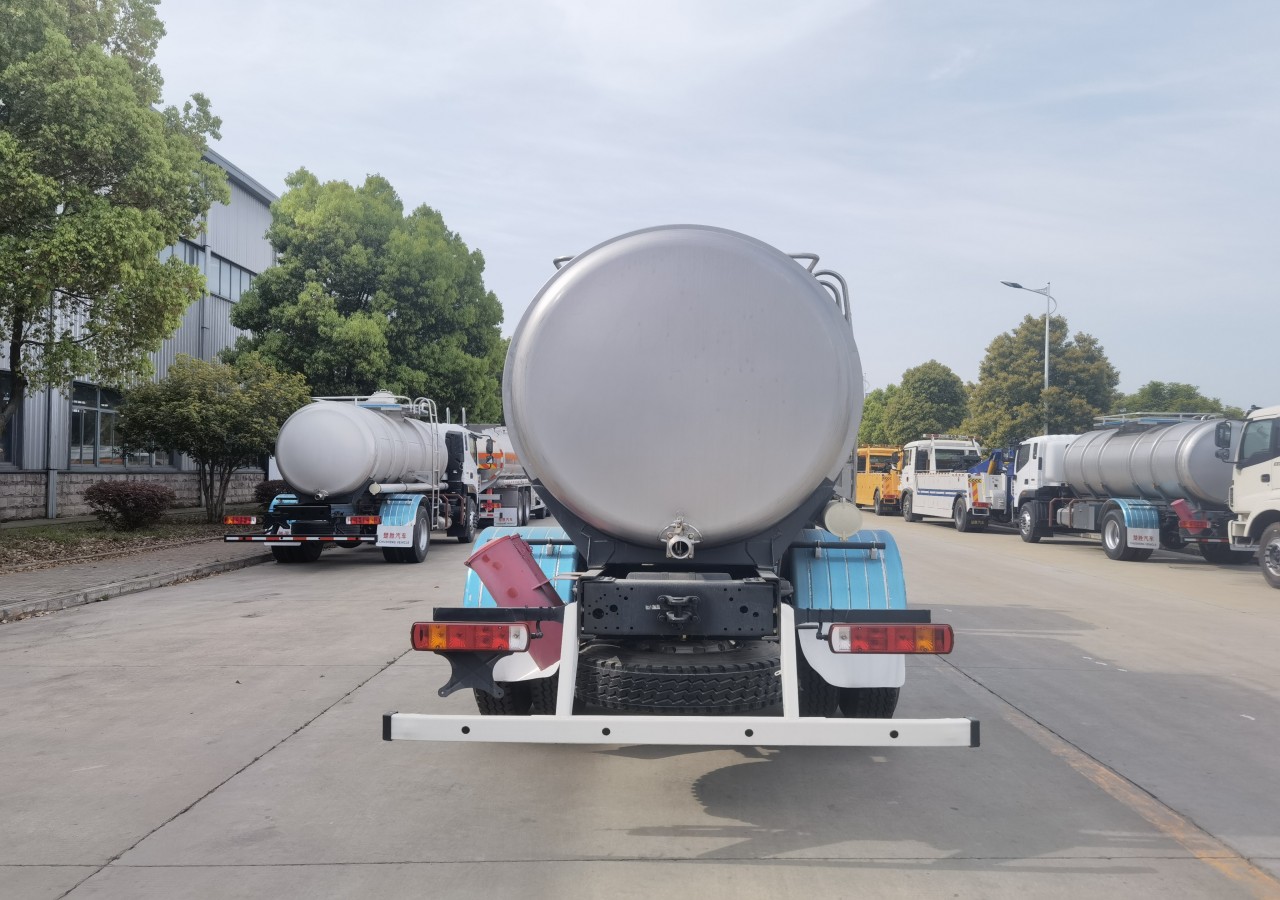
6. Customization and Additional Equipment
Water trucks are highly customizable to meet specific operational requirements. Depending on the application, they may be equipped with additional features such as filtration systems for water purification, integrated fire suppression systems for firefighting purposes, or specialized spray bars for dust suppression on construction sites. These customizations enhance the versatility of water trucks, allowing them to adapt to diverse operational challenges across different industries.
7. Maintenance and Durability
Regular maintenance is essential to ensure the longevity and performance of water trucks. Routine inspections of pumps, hoses, and valves help prevent mechanical failures and ensure reliable operation when called upon. The robust construction of these trucks, coupled with corrosion-resistant materials, contributes to their durability even under harsh environmental conditions. Proper storage and cleaning of the water tank also play critical roles in maintaining water quality and preventing contamination during repeated use.
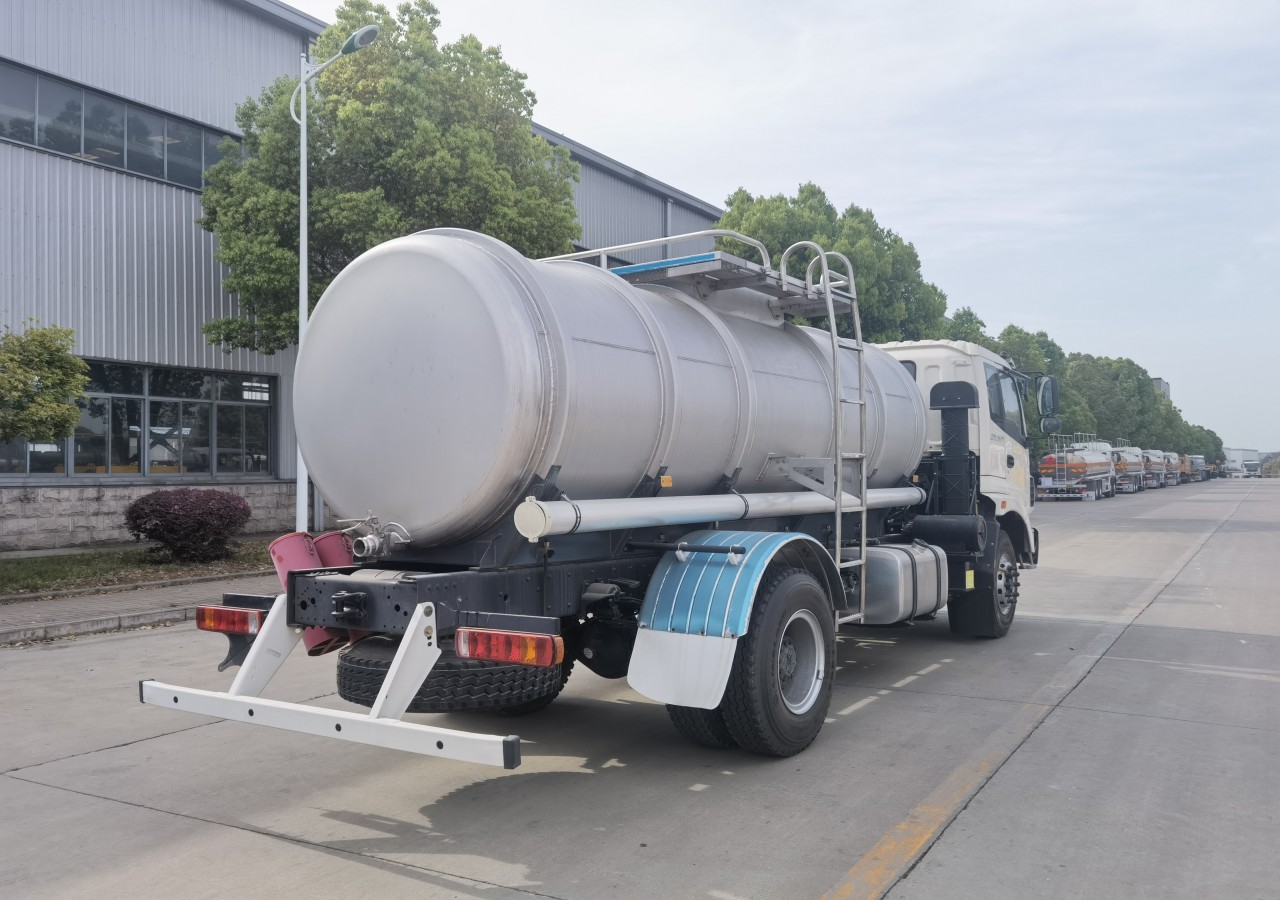
8. Environmental Considerations
Water trucks contribute to environmental sustainability by supporting water conservation efforts and reducing dust pollution in urban and industrial areas. Their efficient water distribution capabilities minimize wastage and ensure optimal utilization of water resources. Moreover, specialized models designed for firefighting or emergency response activities play vital roles in disaster management and environmental protection, demonstrating the multifaceted benefits of water trucks beyond traditional transport roles.
Conclusion
In conclusion, water trucks embody a blend of robust engineering, specialized functionality, and environmental responsibility. From their capacity to transport large volumes of water to their adaptable distribution mechanisms and safety features, these vehicles serve as indispensable assets across various sectors. Whether mitigating dust on construction sites, supporting agricultural irrigation, or responding to emergencies, water trucks play pivotal roles in enhancing operational efficiency and promoting sustainable practices. As technologies evolve and environmental challenges grow, the role of water trucks continues to expand, reaffirming their significance in modern industry and infrastructure development.
